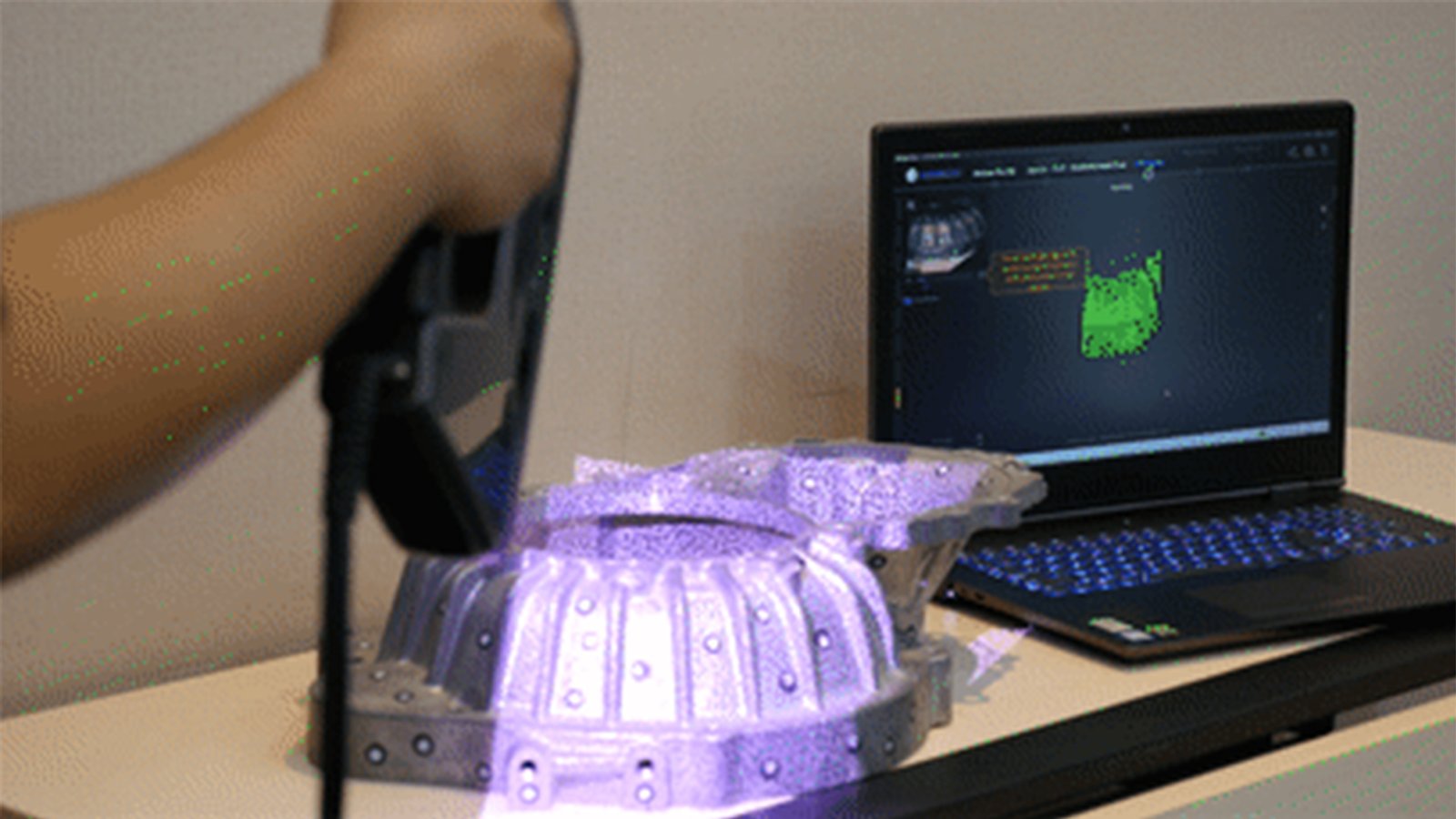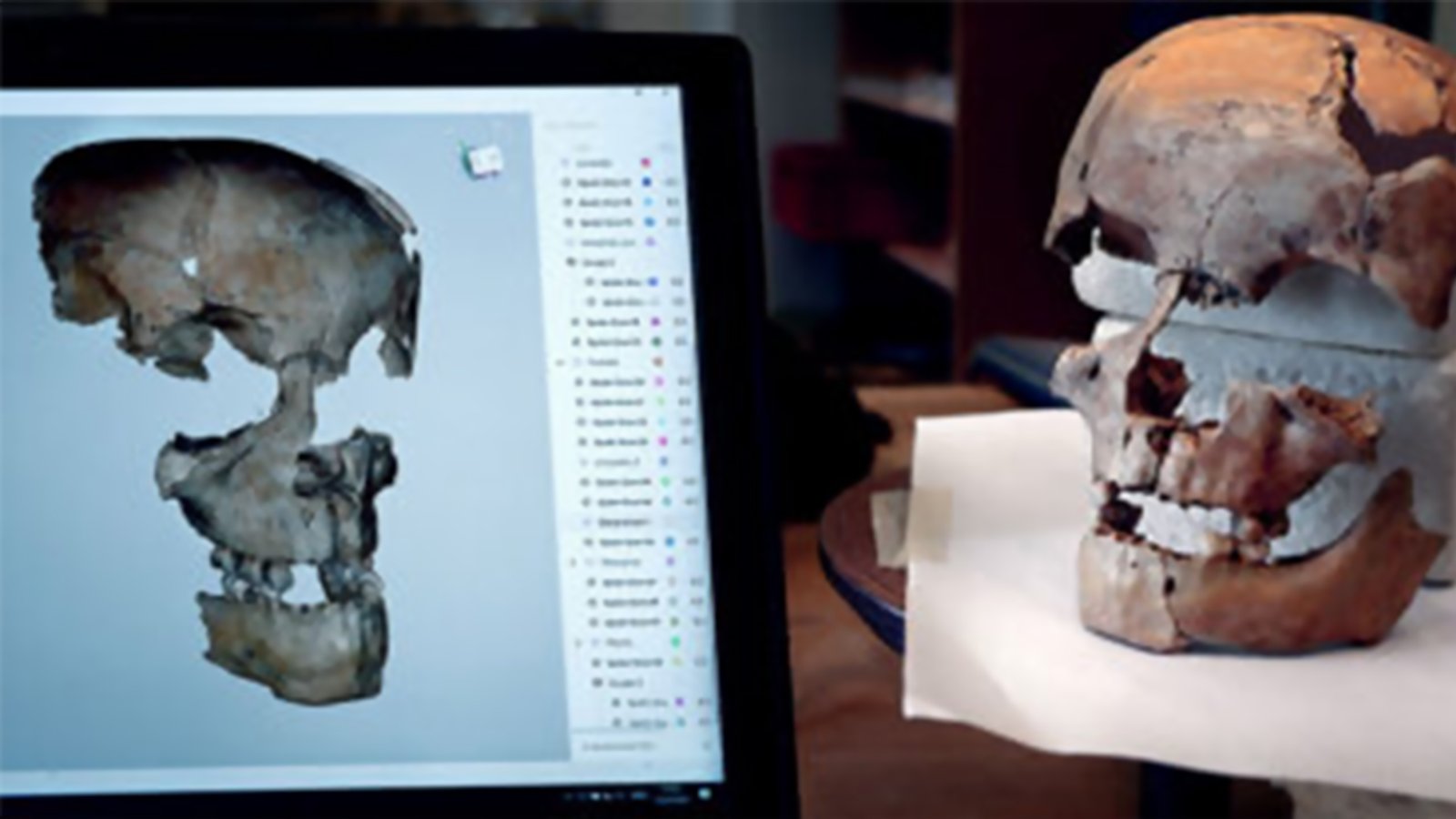“Human history in essence is the history of ideas” wrote H.G. Wells in his book called ‘The Sea Lady’.
Imagine if all these ideas from the dawn of time came to life. If you could touch, feel, relive the experiences of the stories behind those ideas? What if you could witness towering figures like King Porus facing off against Alexander the Great on the banks of Jhelum? Or peak into the streets of Tamilakkam to trade with an Arab? While museums offer a glimpse into history, they struggle with preserving and showcasing artefacts.
Enter 3D Printing, a technology that is revolutionizing historical preservation. Here are five reasons why 3D Printing is poised to become history’s saviour:
Integrating Fragmented Relics
Archaeologists often unearth broken artefacts, damaged by wars, disasters, or time. 3D Scanning helps digitally align these fragments, reconstructing complete images that represent the actual object. This helps unravel greater insights and aids in recreating the final relics far more efficiently.
The Imperial War Museum in London utilised 3D Scanning and 3D Printing in their ‘Culture under Attack’ season in 2019 to recreate relics destroyed during conflicts, like the 3000 year old Lion of Mosul.

Replacing Rare Artefacts
Fragile relics can’t withstand public handling. Through reverse engineering, originals can be 3D scanned and saved as design files using software like CAD CAM, then 3D printed using desired materials like ceramics, metal and plastic to name a few.
These replicas can be easily displayed and foster greater involvement from visitors without risking damage to the originals.
Aiding Archaeological Research
Archaeological research is painstaking. 3D Printing enhances studies by reconstructing incomplete designs of artefacts. They can potentially design a Tyrannosarus from millions of years ago with just a few bones that have been unearthed. Experts and researches have digitally imagined ancient civilizations with scanned images of on-site excavations.
Egyptologists, for instance, use 3D Printing extensively to recreate mummies for research purposes.

Restoring Decayed Artefacts
When parts of antiques disintegrate, detailed replicas of deteriorated parts can be 3D Printed through Reverse Engineering. Preserving the original design with its intricacies allows future generations to come and behold the sights of its design and appeal.
Presence for Education
Moving delicate discoveries between museums and educational institutions poses great risks. However, it is eminent for the student community and public in general to be aware of such breakthroughs. Resolving this dilemma of protecting the artefacts versus knowledge dissemination are Prototyping Services.
Prototyping of these antiques and leveraging Additive Manufacturing using 3D Printers can enable safe transportation and simultaneous displays across multiple locations.
History is crucial for understanding human evolution, and 3D Printing holds the key to recreating this history in a meaningful way.

Sergey Brin, co-founder of Google, said, “To me, this is about preserving history and making it available to everyone.” And we couldn’t agree more for 3D Printing as well!
Share your thoughts in the comments below.






